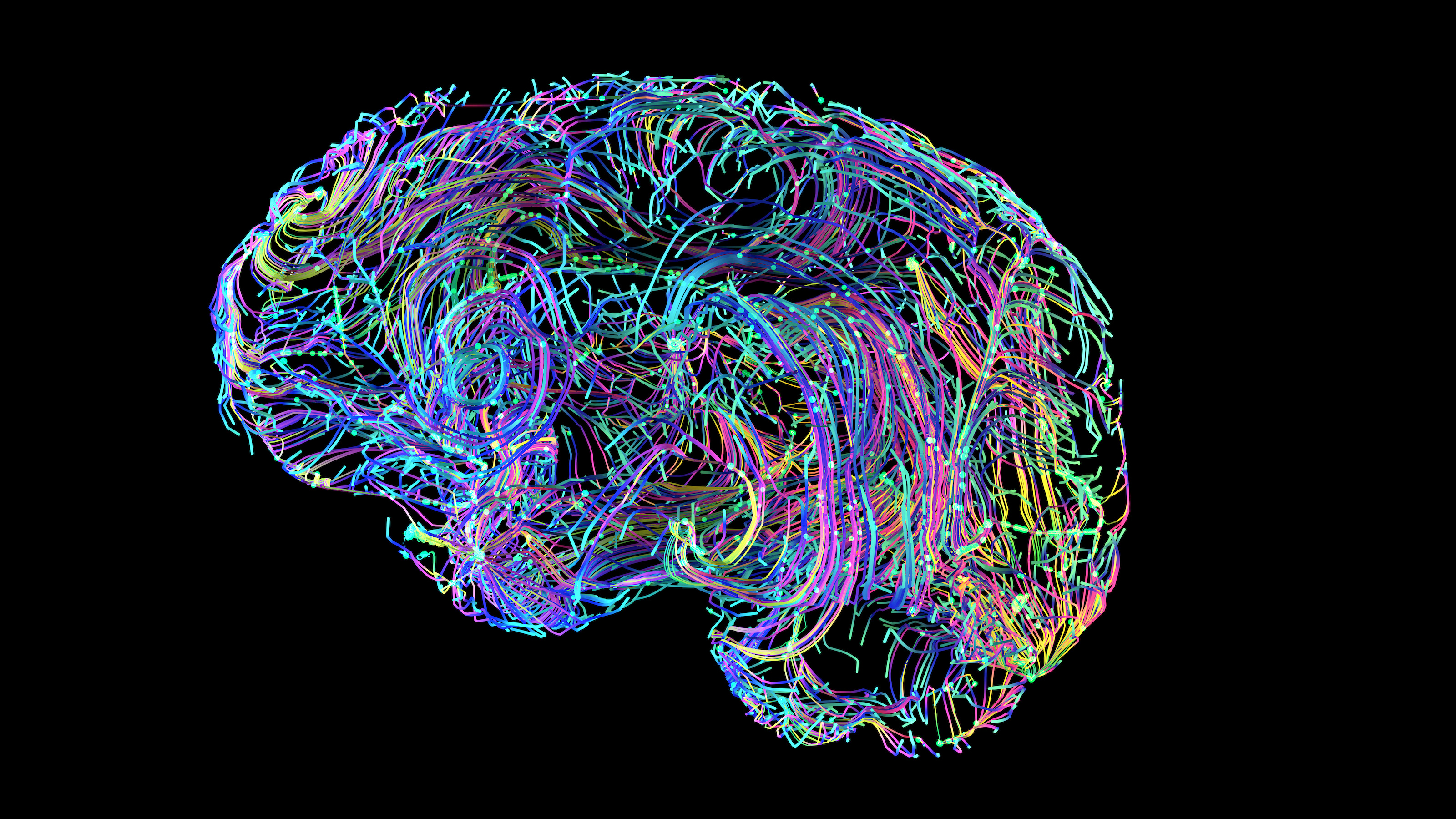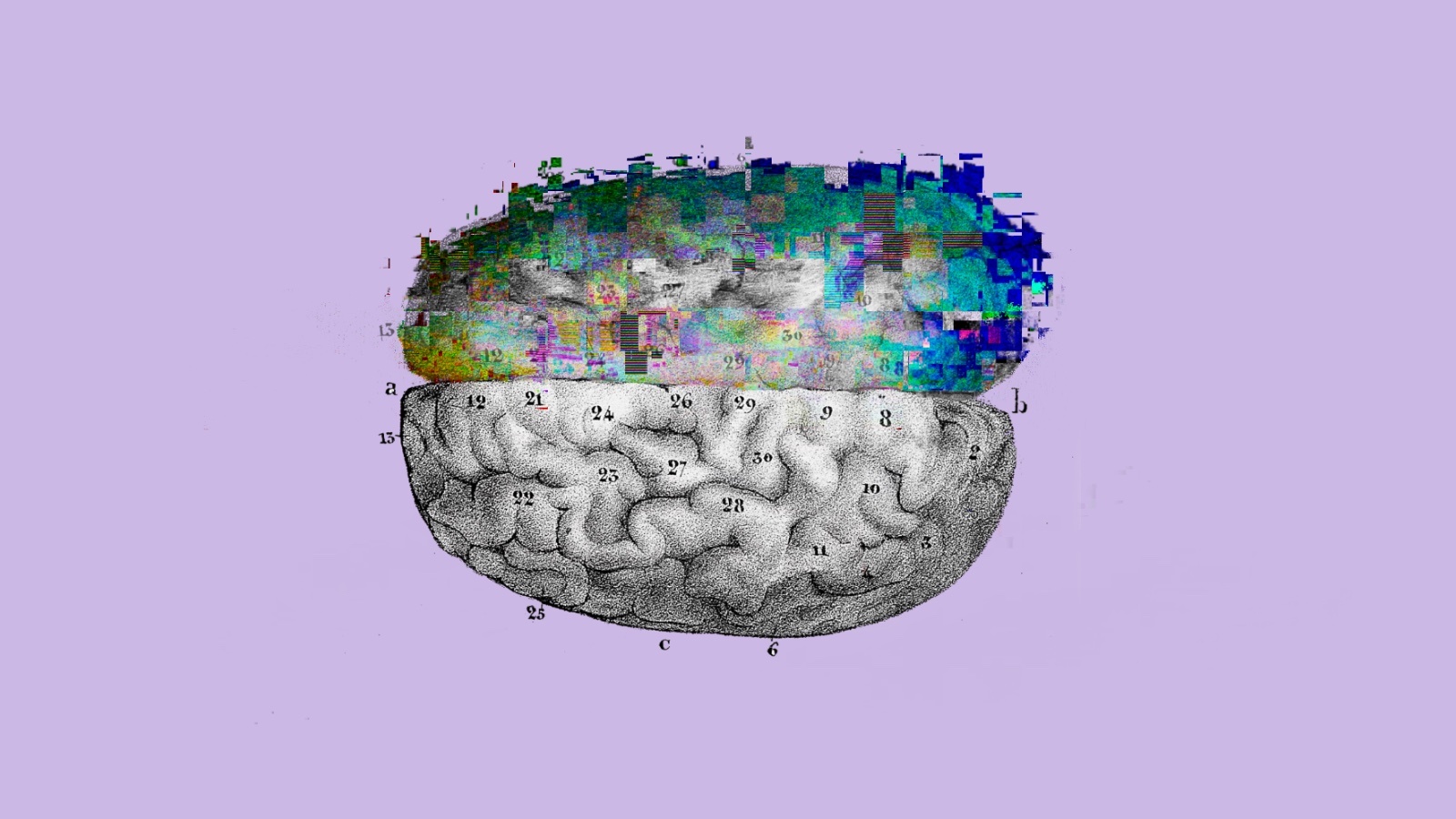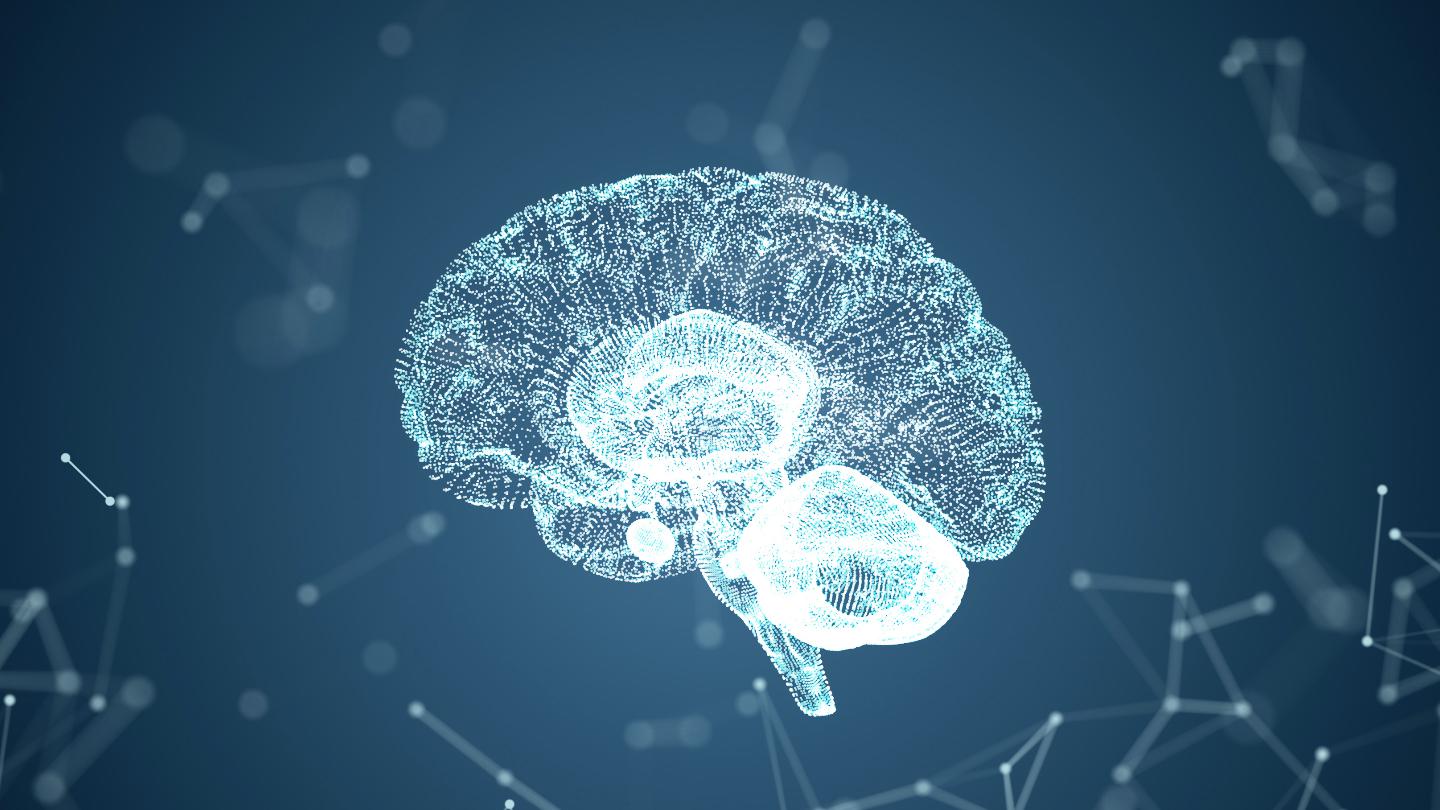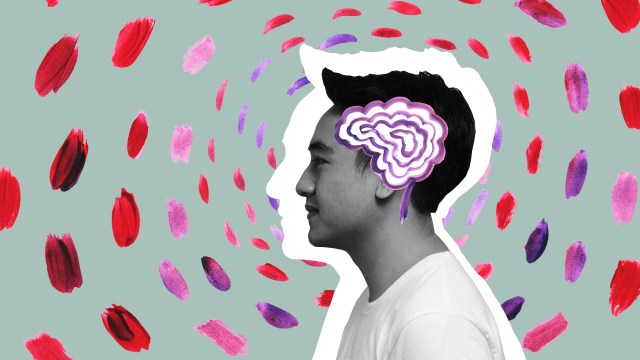What scientists learned from studying “unusual” brains
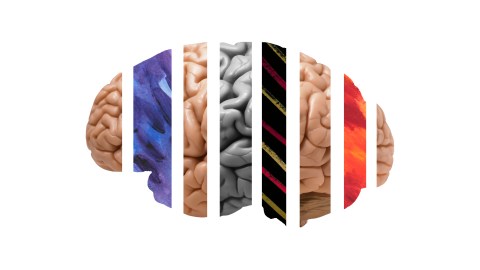
E.G. (a pseudonym) is an accomplished woman in her early 60s: She is a college graduate and has an advanced professional degree. She has a stellar vocabulary — in the 98th percentile, according to tests — and has mastered a foreign language (Russian) to the point that she sometimes dreams in it.
She also has, likely since birth, been missing her left temporal lobe, a part of the brain known to be critical for language.
In 2016, E.G. contacted McGovern Institute for Brain Research Investigator Evelina Fedorenko, who studies the computations and brain regions that underlie language processing, to see if her team might be interested in including her in their research.
“E.G. didn’t know about her missing temporal lobe until age 25, when she had a brain scan for an unrelated reason,” says Fedorenko, the Frederick A. (1971) and Carole J. Middleton Career Development Associate Professor of Neuroscience at MIT. “As with many cases of early brain damage, she had no linguistic or cognitive deficits, but brains like hers are invaluable for understanding how cognitive functions reorganize in the tissue that remains. I told her we definitely wanted to study her brain.”
Previous studies have shown that language processing relies on an interconnected network of frontal and temporal regions in the left hemisphere of the brain. E.G.’s unique brain presented an opportunity for Fedorenko’s team to explore how language develops in the absence of the temporal part of these core language regions.
Their results appeared recently in the journal Neuropsychologia. They found, for the first time, that temporal language regions appear to be critical for the emergence of frontal language regions in the same hemisphere — meaning, without a left temporal lobe, E.G.’s intact frontal lobe did not develop a capacity for language.
They also reveal much more: E.G.’s language system resides happily in her right hemisphere. “Our findings provide both visual and statistical proof of the brain’s remarkable plasticity, its ability to reorganize, in the face of extensive early damage,” says Greta Tuckute, a graduate student in the Fedorenko lab and first author of the paper.
In an introduction to the study, E.G. herself puts the social implications of the findings starkly. “Please do not call my brain abnormal, that creeps me out,” she writes. “My brain is atypical. If not for accidentally finding these differences, no one would pick me out of a crowd as likely to have these, or any other differences that make me unique.”
How we process language
The frontal and temporal lobes are part of the cerebrum, the largest part of the brain. The cerebrum controls many functions, including the five senses, language, working memory, personality, movement, learning, and reasoning. It is divided into two hemispheres, the left and the right, by a deep longitudinal fissure. The two hemispheres communicate via a thick bundle of nerve fibers called the corpus callosum. Each hemisphere comprises four main lobes — frontal, parietal, temporal, and occipital. Core parts of the language network reside in the frontal and temporal lobes.
In most individuals, the language system develops in both the right and left hemispheres, with the left side dominant from an early age. The frontal lobe develops slower than the temporal lobe. Together, the interconnected frontal and temporal language areas enable us to understand and produce words, phrases, and sentences.
How, then, did E.G., with no left temporal lobe, come to speak, comprehend, and remember verbal information (even a foreign language) with such proficiency?
Simply put, the right hemisphere took over: “E.G. has a completely well-functioning neurotypical-like language system in her right hemisphere,” says Tuckute. “It is incredible that a person can use a single hemisphere — and the right hemisphere at that, which in most people is not the dominant hemisphere where language is processed — and be perfectly fine.”
Journey into E.G.’s brain
In the study, the researchers conducted two scans of E.G.’s brain using functional magnetic resonance imaging (fMRI), one in 2016 and one in 2019, and had her complete a range of behavioral tests. fMRI measures the level of blood oxygenation across the brain and can be used to make inferences about where neural activity is taking place. The researchers also scanned the brains of 151 “neurotypical” people. The large number of participants, combined with robust task paradigms and rigorous statistical analyses made it possible to draw conclusions from a single case such as E.G.
Fedorenko is a staunch advocate of the single case study approach — common in medicine, but not currently in neuroscience. “Unusual brains — and unusual individuals more broadly — can provide critical insights into brain organization and function that we simply cannot gain by looking at more typical brains.” Studying individual brains with fMRI, however, requires paradigms that work robustly at the single-brain level. This is not true of most paradigms used in the field, which require averaging many brains together to obtain an effect. Developing individual-level fMRI paradigms for language research has been the focus of Fedorenko’s early work, although the main reason for doing so had nothing to do with studying atypical brains: individual-level analyses are simply better — they are more sensitive and their results are more interpretable and meaningful.
“Looking at high-quality data in an individual participant versus looking at a group-level map is akin to using a high-precision microscope versus looking with a naked myopic eye, when all you see is a blur,” she wrote in an article published in Current Opinion in Behaviorial Sciences in 2021. Having developed and validated such paradigms, though, is now allowing Fedorenko and her group to probe interesting brains.
While in the scanner, each participant performed a task that Fedorenko began developing more than a decade ago. They were presented with a series of words that form real, meaningful sentences, and with a series of “non-words” — strings of letters that are pronounceable, but without meaning. In typical brains, language areas respond more strongly when participants read sentences compared to when they read non-word sequences.
Similarly, in response to the real sentences, the language regions in E.G.’s brain were bursting with activity while the left frontal lobe regions remained silent. In the neurotypical participants, the language regions in both the left and right frontal and temporal lobes lit up, with the left areas outshining the right.
“E.G. showed a very strong response in the right temporal and frontal regions that process language,” says Tuckute. “And if you look at the controls, whose language-dominant hemisphere is in the left, E.G.’s response in her right hemisphere was similar — or even higher — compared to theirs, just on the opposite side.”
Leaving no stone unturned, the researchers next asked whether the lack of language responses in E.G.’s left frontal lobe might be due to a general lack of response to cognitive tasks, rather than just to language. So they conducted a non-language, working-memory task: they had E.G. and the neurotypical participants perform arithmetic addition problems while in the scanner. In typical brains, this task elicits responses in frontal and parietal areas in both hemispheres.
Not only did regions of E.G.’s right frontal lobe light up in response to the task, those in her left frontal lobe did, too. “Both E.G.’s language-dominant (right) hemisphere, and her non-language-dominant (left) hemisphere, showed robust responses to this working-memory task,” says Tuckute. “So, yes, there’s definitely cognitive processing going on there. This selective lack of language responses in E.G.’s left frontal lobe led us to conclude that, for language, you need the temporal language region to ‘wire up’ the frontal language region.”
Next steps
In science, the answer to one question opens the door to untold more. “In E.G., language took over a large chunk of the right frontal and temporal lobes,” says Fedorenko. “So what happens to the functions that in neurotypical individuals generally live in the right hemisphere?”
Many of those, she says, are social functions. The team has already tested E.G. on social tasks and is currently exploring how those social functions cohabit with the language ones in her right hemisphere. How can they all fit? Do some of the social functions have to migrate to other parts of the brain? They are also working with E.G.’s family; they have now scanned E.G.’s three siblings (one of whom is missing most of her right temporal lobe; the other two are neurotypical) and her father (also neurotypical).
The project has now grown to include many other individuals with interesting brains, who contacted Fedorenko after some of this work was covered by news outlets. The Interesting Brains Project promises to provide unique insights into how our plastic brains reorganize and adapt to various circumstances.
Republished with permission of MIT News. Read the original article.
